
Everyone knows that farming comes first in Stardew Valley. Every season has its own crops and players strategize around fertilizing, watering, and harvesting. All this effort is for good reason, as crops are the key to becoming rich in the game.
RELATED: Stardew Valley: How to Catch Pufferfish
However, the other methods of gaining a lot of gold in Stardew Valley are not as well known. These other ways to make gold are most used in the winter when players cannot depend as much on their crops. However, they should not be ignored in other seasons. A lot of these activities are worth a farmers' free time if they want to be rolling in gold.
10 Mining For Gemstones & Artifacts
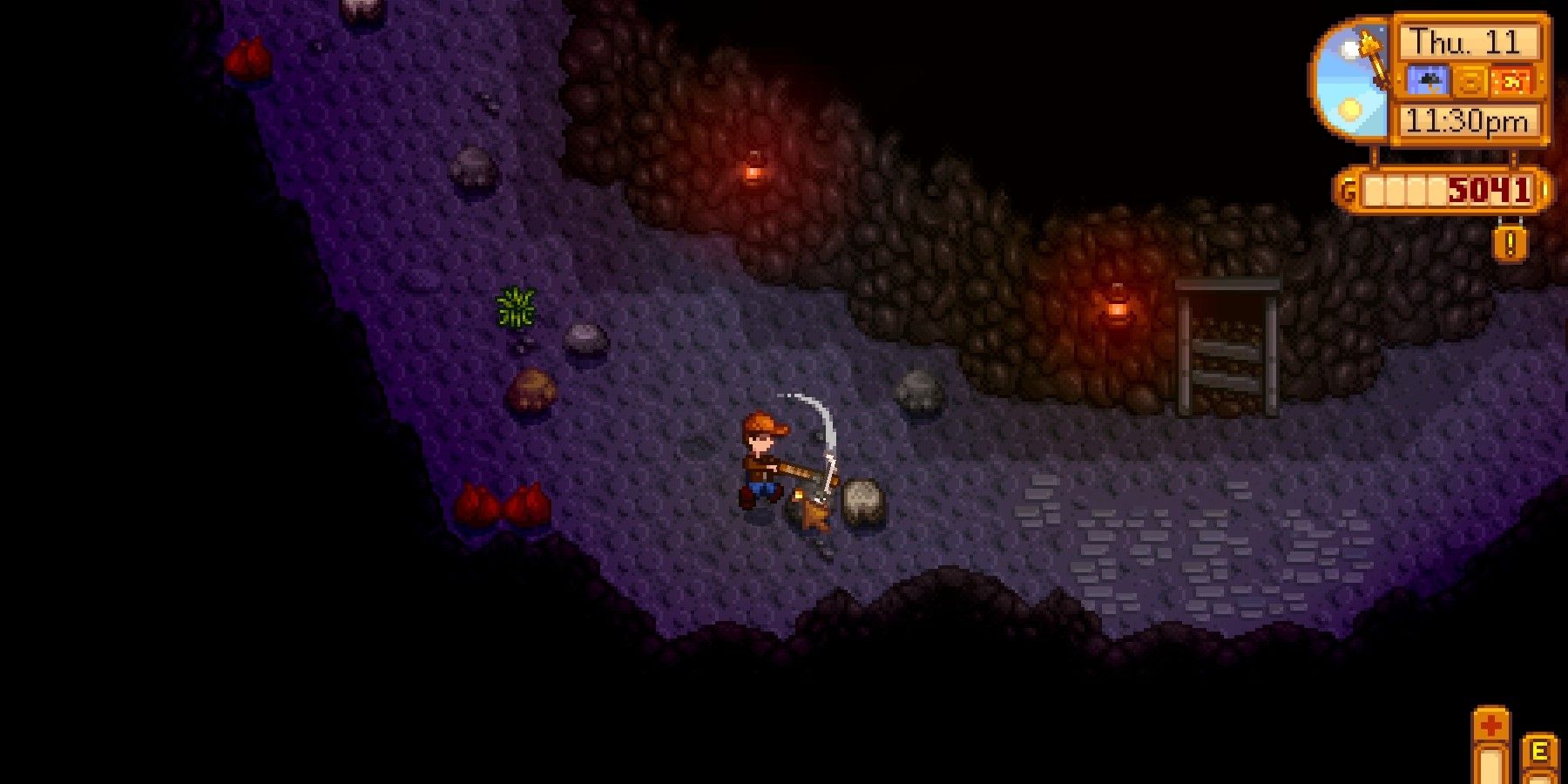
Mining is not as simple as just hitting everything with a pickax. The key to finding high-value resources is to conserve energy for the best rewards. The lower the player goes into the mines, the better the materials are. Go as far down as possible, while only breaking ore and gemstone rocks. Also, check the fortune teller on the TV to check luck. The higher the players' luck, the better finds they get get in the mine.
To get to the lowest floors, find ladders ASAP and avoid combat if possible. Bring plenty of food to keep the farmer's energy up. The best floors are past 120. It can take some players up to a month to get that far down, but it pays to be patient for the diamonds and iridium that await.
9 Fishing For The Big Catch

Not all fish are best for selling raw, but some are certainly worth catching. Catfish are popular to sell raw, and can be caught in Spring and Fall during rain. They can sell for between 200 to 300 gold. Fish in the mines also sell for a pretty penny, such as ice pips and lava eels. Of course, the legendary fish sell for thousands. Even when fish don't sell for much on their own, some dishes that use fish can be worth a lot.
RELATED: Stardew Valley: Best Things To Do In Summer
In fact, some of the best fishing rewards are not even the fish themselves. While reeling one in, players have the chance to fish up treasure chests. These can have common items, but also incredibly rare ones such as dinosaur eggs and prismatic shards.
8 Forage For Wild Goods
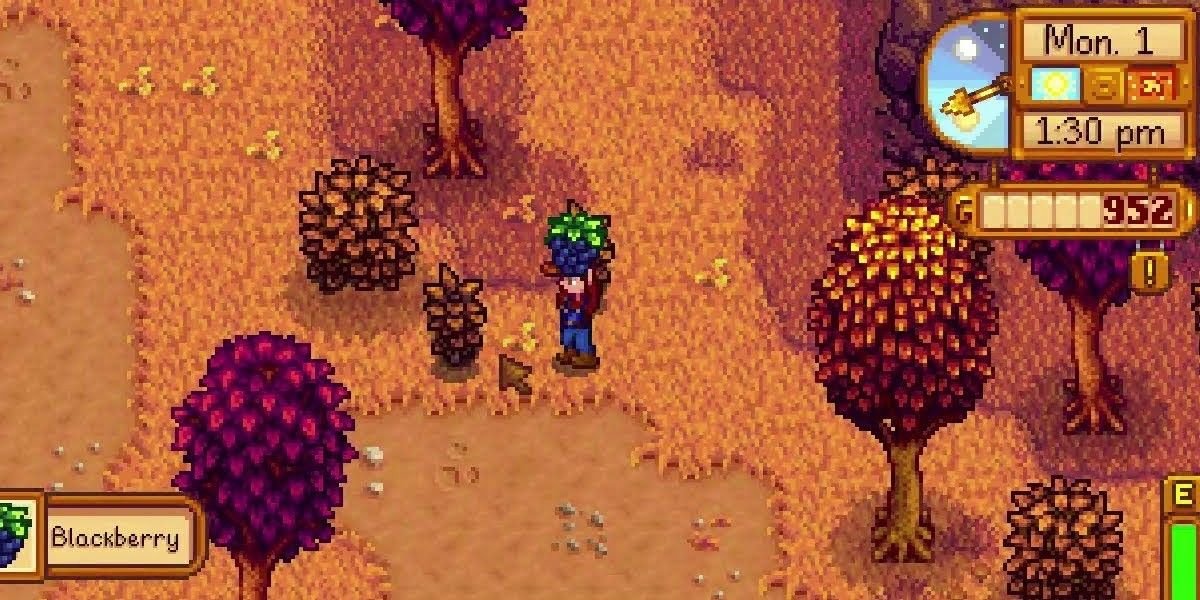
Just because these items are easy to get does not mean they are useless. Basically, foraged items are free money. However, most should be saved up for recipes and artisan items, since that's where the biggest profit is. Save anything that can be turned into wine or jelly, such as salmonberries, blackberries, and grapes.
Common mushrooms and cave carrots can be saved to make stir fry. Other kinds of mushrooms should be saved to make Life Elixirs, as those sell for 500 gold.
7 Have Beehives Make Honey

The best source of gold is not eggs or milk, but honey. The recipe to build a beehive is unlocked at farming level 3. When placed outside, the hive will produce honey every three to four days in spring, summer, and fall. The player's effort, though, does not stop there though.
Honey's worthx increases by double to quadruple depending on what kind of flower honey the hive produces. Unharvested flowers within five tiles of the hive will determine what honey it produces. The best of these flowers is the fairy rose honey, which sells for 680 gold.
6 Combat Creatures In Mines

For players desiring more risk for reward, combat in the various dungeons of Stardew Valley has its profits. The monsters with the best drops, much like the best places to mine, are the most difficult to get to.
RELATED: Stardew Valley: Best Things To Do In Fall
Monsters with the best loot drops in the mines are between floors 81 to 119. Enemies special to the Volcano Dungeon and Skull Cavern are also good choices. With luck, players can get diamonds, prismatic shards, and void essence from these encounters. Some monsters even drop dwarf scrolls.
5 Sell Extra Resources

It is easy to hoard resources like wood and stone. However, selling what one doesn't need can make a decent sum of gold. This is especially true for players clearing farmland towards the start of the game. If there is no plan to build anything anytime soon, then it is worth selling all the resources created from the clearing.
This method of making gold is all the more true with upgraded tools. Since these require less energy and fewer strikes, players can build massive resource stashes fast.
4 Put Foraged Goods In Kegs
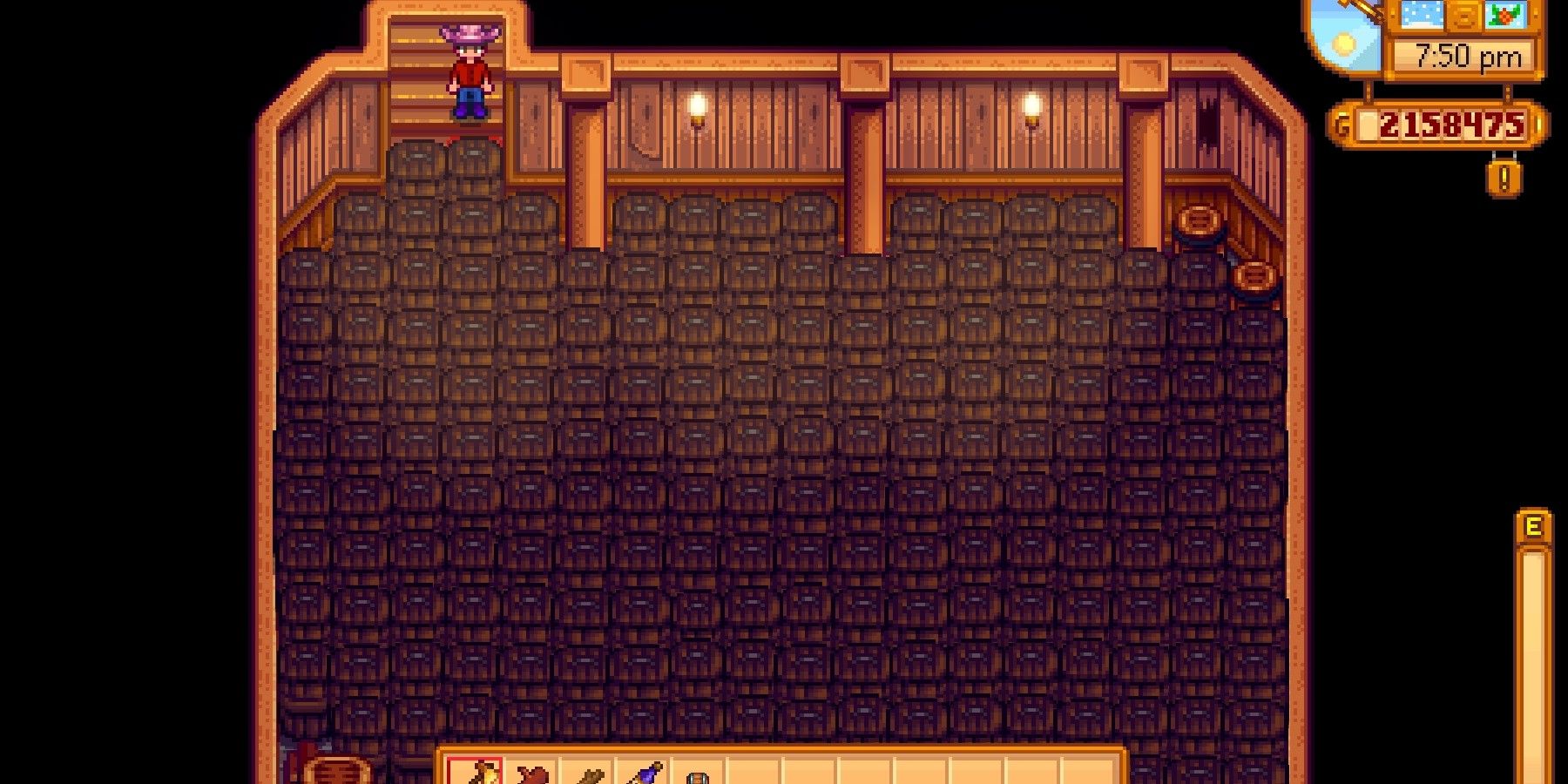
Like beehives, kegs can rake in a lot of gold. The recipe for making a keg is unlocked at farming level 8. With a keg, the player can make juice, wine, mead, pale ale, coffee, beer, and green tea.
Players don't even need crops – they can use foraged goods too. All fruit can become wine, tripling the fruit's original price. All vegetables can become juice, which doubles their price. Honey from beehives is used to make mead. With all that utility, tons of players dedicate a large part of their farm layout to kegs alone.
3 Do Quests
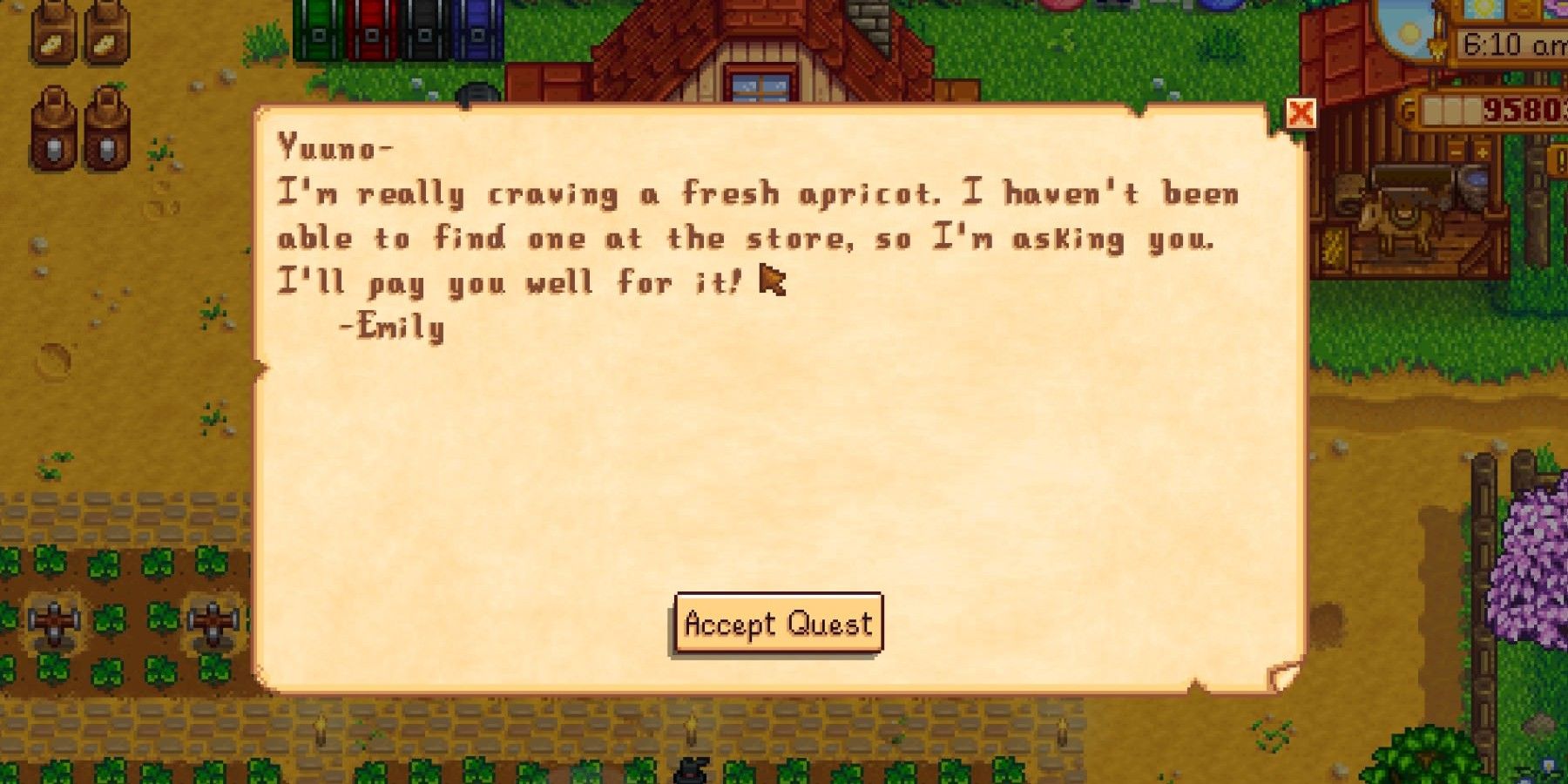
Quests can be easy to forget about in Stardew Valley, but some can pay more gold than items are usually worth. Check the mail and community bulletin everyday and complete certain quests. Delivery quests give the player triple the value of an item.
RELATED: Stardew Valley: How to Get Cloth
Even if the player doesn't have the item needed, there is no harm in hoarding quests to complete in a later season. Some more specific quests from certain characters can reward the player with as much as 1,000 gold.
2 Turn Cheap Fish Into Sashimi

Any fish that sells for less than 75 gold should be turned into sashimi. Fish is the only ingredient for the dish, so it is easy to make. Of course, high quality fish can change their base price, so pay attention to whether the fish is of silver, gold, or iridium quality.
Average quality fish that sell for less than 75 gold include anchovy, sardines, breams, smallmouth bass, rainbow trout, carp, perch, sunfish, herring, red snapper, ghostfish, chub, and shad.
1 Turn Animal Products Into Artisan Goods
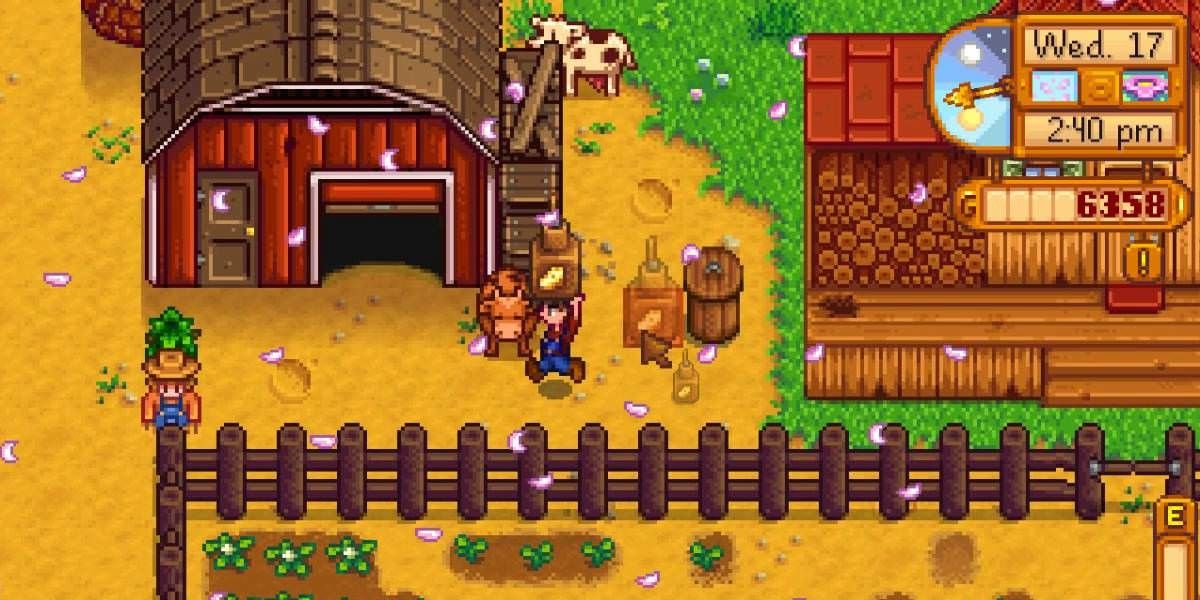
On their own, animal products do not make that much money. As artisan goods, though, they can roll in a lot of gold. Making animal products to artisan goods will require a cheese press, loom, and a mayo machine. Turning all eggs into mayo, all wool to cloth, and all milk into cheese can make a big difference in profit.
Getting high-quality goods for these artisan products will require the player to make their animals as happy as possible. This means, feeding, petting, and letting them go outside to enjoy sun and fresh grass.
NEXT: Stardew Valley: Rarest Events Most Players Have Never Witnessed

